Asia and Pacific Region 2022 57th DGCA Conference - APAC 4–8 July 2022 | Incheon, Republic of Korea
Cultural Tour
※ All the courses will operate simultaneously.
1. Please choose the course that you favor the most by 25th June.
2. Once acknowledged, detailed itinerary will be provided through your email.
* The itinerary is subjected to change.
3. Please read the information carefully on the benefits and the exclusions of the following programs.
- Course 1 Journey to the Past
-
Course 2
UNESCO World
Heritage Tour - Course 3 Seoul highlight Tour
- Course 4 Healing Tour
| PROGRAM |

|
|---|---|
| DATE/TIME | July 7, 8:30 – 16:30 |
| LUNCH | Included ※ Meal Coupon will be provided at the Korean Folk Village |
| OFFERINGS | English Guide, Entrance fees, Travel Insurance, Bottle of water
※ Personal expenses and all out-of-schedule expenses are not included |
-
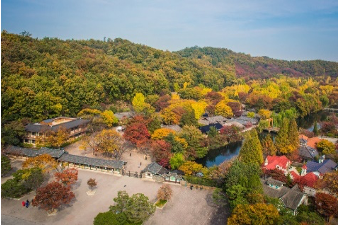
-
>> Korean Folk Village
Korean Folk Village introduces traditional culture from the late Joseon period to both local and international visitors through cultural classes experience, shaman faith, seasonal customs and others. It recreated the past through the restoration of houses from the Joseon dynasty. Performances including nongak (farmer’s music), martial arts on horseback, traditional wedding ceremony, and other special events are available by season. In particular, "Welcome to Joseon," an event held every May, takes visitors back to the past. In addition, a family-friendly theme park equipped with 15 exciting attractions is also available. Visitors can also try various Korean foods at the market street.
-
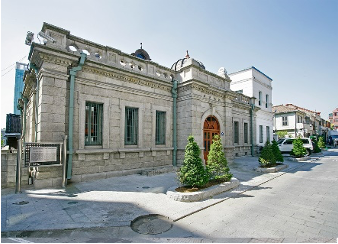
-
>> Cultural Street of the Open Trade Port
Cultural street of Incheon Open Port is a place that has been intact for over 130 years since its opening, and spaces resembling black and white photographs are hidden throughout its quiet streets.
Let’s take a walk through history by looking around the historical and cultural spaces that have preserved traces of time that have gone by.
▶ Related Program Incheon Art Platform > Incheon Open Port’s Modern > Architecture Exhibition Hall > Incheon Open Port Museum > Museum of Korean Modern Literature > Freedom Park > Old Jemulpo Club
| PROGRAM |

|
|---|---|
| DATE/TIME | July 7, 8:30 – 16:30 |
| lunch | Included (Local Food) |
| OFFERINGS | English Guide, Entrance fees, Travel Insurance, Bottle of water
※ Personal expenses and all out-of-schedule expenses are not included |
-
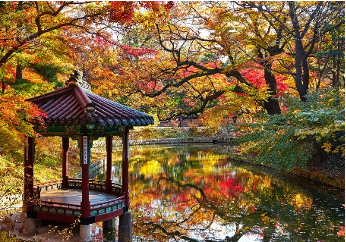
-
>> Changdeokgung Palace Complex & Secret Garden
Changdeokgung Palace was the second royal villa built following the construction of Gyeongbokgung Palace in 1405. It was the principal palace for many kings of the Joseon dynasty, and is the most well-preserved of the five remaining royal Joseon palaces. Changdeokgung Palace’s garden behind the inner hall, called the Secret Garden, was constructed during the reign of King Taejong and served as a rest area for the royal family members. The garden was kept as natural as possible and was touched by human hands only when absolutely necessary. Buyongjeong Pavilion, Buyongji Pond, Juhamnu Pavilion, Eosumun Gate, Yeonghwadang Hall, Bullomun Gate, Aeryeonjeong Pavilion, and Yeongyeongdang Hall are some of the many attractions that occupy the garden.
-
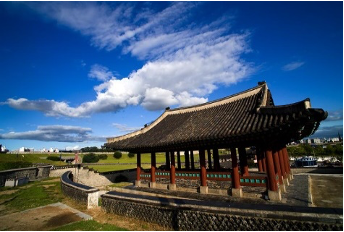
-
>> Suwon Hwaseong Fortress
Suwon was one of four main regional government centers during the Joseon dynasty. Hwaseong Fortress which was built to protect the city, was designated as a UNESCO World Cultural Heritage Site on December 12, 1997 for its historical value. The fortress offers various performances daily as well as the Suwon Hwaseong Cultural Festival every fall. The walls stretch for 5.7 kilometers, with Paldalsan Mountain at the center.
The fortress, constructed from 1794 to 1796, was built as a display of King Jeongjo’s filial piety towards his father and to build a new pioneer city with its own economic power.
▶ Related Program Hwaseong Fortress Tourist Trolley, Experiencing Traditional Korean Archery
| PROGRAM |

|
|---|---|
| DATE/TIME | July 7, 8:30 – 17:00 |
| LUNCH | Included (Local Food) |
| OFFERINGS | English Guide, Entrance fees, Travel Insurance, Bottle of water
※ Personal expenses and all out-of-schedule expenses are not included |
-
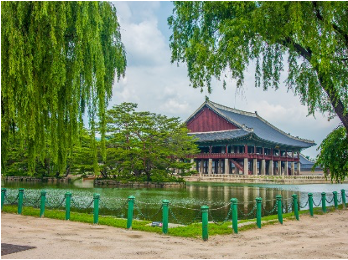
-
>> Gyeongbokgung Palace
Built in 1395, Gyeongbokgung Palace is commonly referred to as the Northern Palace because its location is furthest north when compared to the neighboring palaces of Changdeokgung (Eastern Palace) and Gyeonghuigung (Western Palace). Gyeongbokgung Palace is arguably the most beautiful, and remains the largest of all five palaces. Remarkably, the most representative edifices of the Joseon dynasty, Gyeonghoeru Pavilion and the pond around Hyangwonjeong Pavilion have remained relatively intact. The raised dias and stone markers of Geunjeongjeon showcase the representative art style of their time. The National Palace Museum of Korea is located south of Heungnyemun Gate, and the National Folk Museum is located on the eastern side of Hyangwonjeong Pavillion.
▶ Related Program Palace Royal Guard Changing Ceremony
-
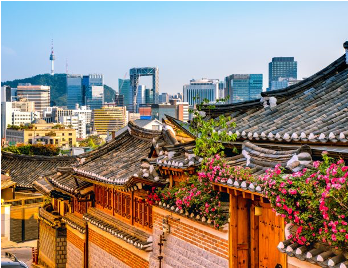
-
>> Bukchon Hanok Village
Surrounded by Gyeongbokgung Palace, Changdeokgung Palace and Jongmyo Shrine, Bukchon Hanok Village is home to hundreds of traditional houses, called hanok, that date back to the Joseon dynasty. The name Bukchon, which literally translates to "northern village," came about as the neighborhood lies north of two significant Seoul landmarks, Cheonggyecheon Stream and Jongno. Today, many of these hanoks operate as cultural centers, guesthouses, restaurants and tea houses, providing visitors with an opportunity to experience, learn and immerse themselves in traditional Korean culture. As Bukchon Hanok Village is an actual neighborhood with people's homes, visitors are advised to be respectful at all times while looking around.
-
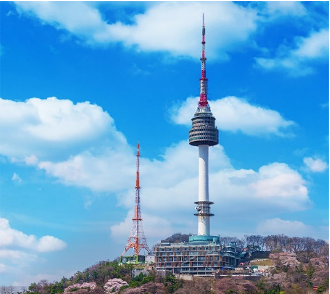
-
>> Namsan Seoul Tower
Namsan Seoul Tower was the first multipurpose tower to be established in Korea, effectively incorporating a sightseeing observatory to a broadcasting tower. For the past 40 years, Namsan Seoul Tower has served as an iconic landmark of Korea and a representative tourist attraction.
The tower's observatory offers an unobstructed view of the whole city, allowing it to become one of the all-time favorite attractions of Seoul citizens as well as domestic and international tourists. Another highlight of the tower is the Namsan Cable Car. The cable car began its operation in 1962, transferring passengers from the foot of the mountain to the base of the tower.
-
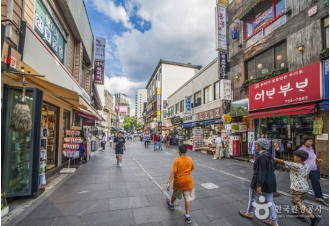
-
>> Insadong Culture Street
Insa-dong, located in the heart of the city, is an important place where old but precious traditional goods are on display. There is one main road in Insa-dong with alleys on each side. Within these alleys are galleries, traditional restaurants, teahouses, and cafes. The galleries are the heartbeat of Insa-dong. There are about 100 galleries in the area offering every example of traditional Korean fine art from paintings to sculptures. The teahouses and restaurants are the perfect complement to the galleries. They are hidden deep within the twisting alleyways, making it feel like a treasure hunt. The shops in Insa-dong are very popular among all age groups, because each one is unique. Also, Insa-dong is popular amongst international tourists since they can experience and see traditional Korean culture first-hand, and purchase pieces of fine art.
▶ Related Program Ssamzigil
| PROGRAM | PARADISE CITY, Cimer Spa |
|---|---|
| DATE/TIME | July 7, in between 10:00 – 21:00 ※ Visit CIMER reception desk and verify the name tag in order to receive the day pass ticket. After exchanging your nametag for the day pass ticket, you are to use the facility instantly. |
| OFFERINGS | Entrance fees, Refreshments will be distributed in front of the Garden Café on the 7th July(11am) to those who have selected the tour. *If you purchase the ticket on-site refreshments will not be included.※ Personal expenses and all out-of-schedule expenses are not included |
A spa is a K-style visitor destination that combines European aesthetics and Korea's uniquely relaxing jjimjilbang culture. This classy healing space is equipped with relaxation facilities that offer special content for every season and various themes.
The luxurious and trendy Aqua Spa Zone offers not only water activities but also dynamic LED media art along with exciting pool parties featuring unique concepts.
-
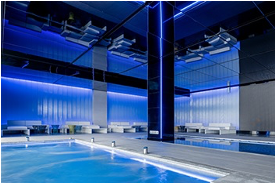
[AQUA CLUB]
-
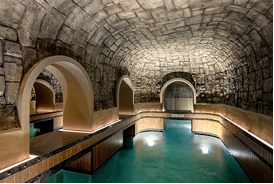
[CAVE SPA]
-
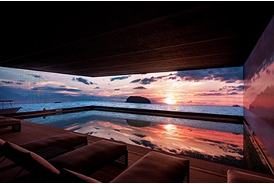
[VIRTUAL SPA]
The Jjimjil spa zone promotes healthy recovery for the mind and body by offering various wellness programs along with Korea's unique Jjimjil culture.
-
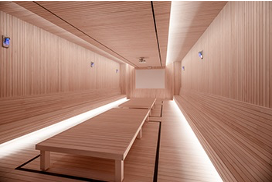
[SUN TREE ROOM]
-
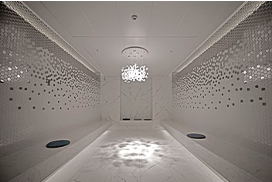
[ICE ROOM]
-
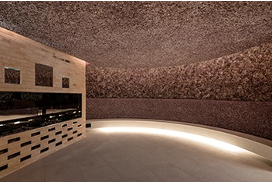
[AMETHYST ROOM]
 Home
Home Login
Login Contact Us
Contact Us
